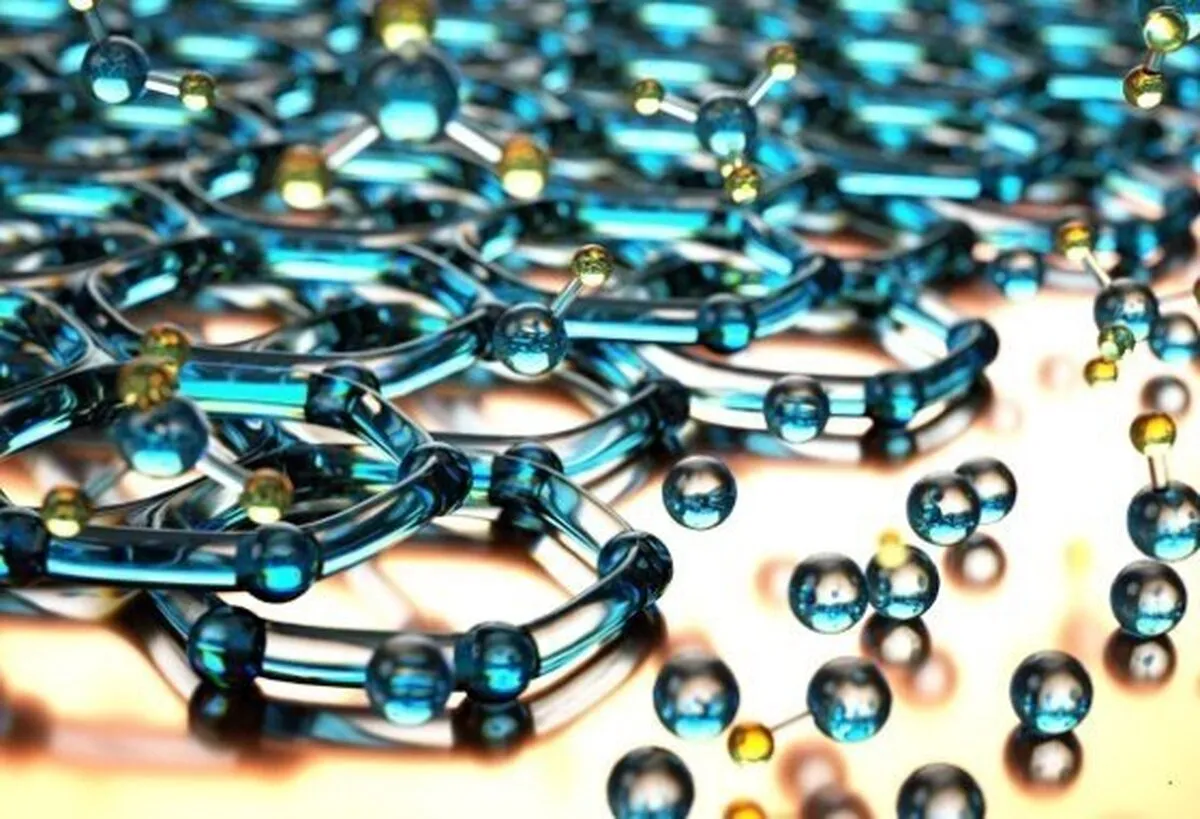Iranian Researchers Acquire Know-how to Produce Different Grades of Nano-Silica for Different Uses

According to a report by Iran Nanotechnology Innovation Council (INIC), Asghar Karami, the technical director of the technological company said that the company started its activity on the production of silica-nano materials in 2008, adding, “Finally, we succeeded in the mass production of colloidal silica, which is soluble in water. The main application of this nano material is in precision casting and ceramic tools, and currently 15 companies in this field are buying that product from us. The range of use of this substance is not limited to this field and it is used in areas such as paint, catalyst and water desalination.”
Colloidal silicas are suspensions of fine amorphous, nonporous, and typically spherical silica particles in a liquid phase. It may be produced by Stöber process from Tetraethyl orthosilicate (TEOS).
He said that the other product of their company is "precipitated silica" which is produced in the form of powder, adding, “The components of these materials are nanometers, but they stick together and create micron structures. This powder is used in cosmetics industry, tire filler, antiblocks and matting, and the industrial production of this material will start soon.”
Saying that their next objective is to produce hydrophobic precipitated silica, Karami added, “Our current product is hydrophilic precipitated silica, however for some other applications, hydrophobic properties are needed.”
“Silica is used as a widely used precursor material for many industrial applications such as in the construction industry to increase the durability and strength of concrete, to improve the performance of cement and to strengthen the ground. It is also used in the casting industry to increase precision, strength, safety and reliability in the industry such as precision casting and refractory materials and in the polishing industry to create smooth and almost flawless surfaces on silicon semiconductors, sapphire wafers and optical lenses.”
“Silica is also used in the lamination industry for wood coating, wear-resistant coatings, insulating and inorganic coatings, non-stick coatings, paper industry, inkjet and photography, pigment and filler, plastic films, protective and decorative coatings,” the INIC quoted Karami as saying.
4155/i





















